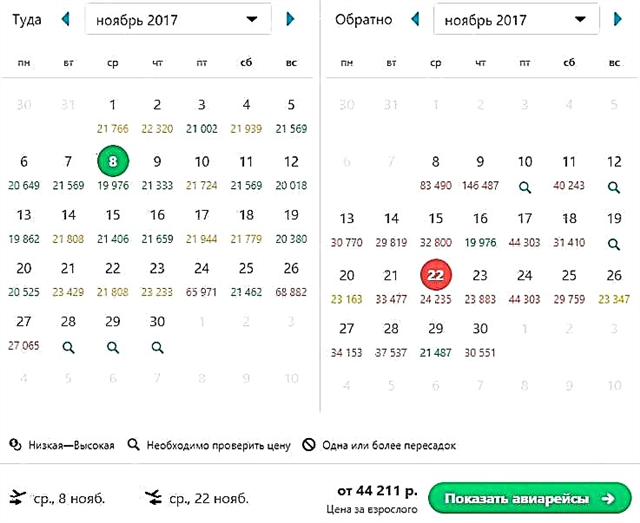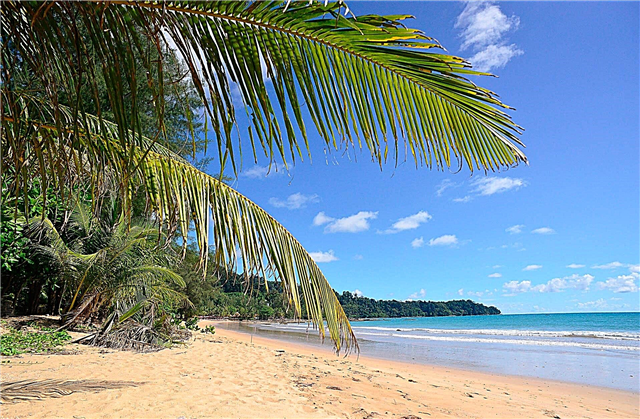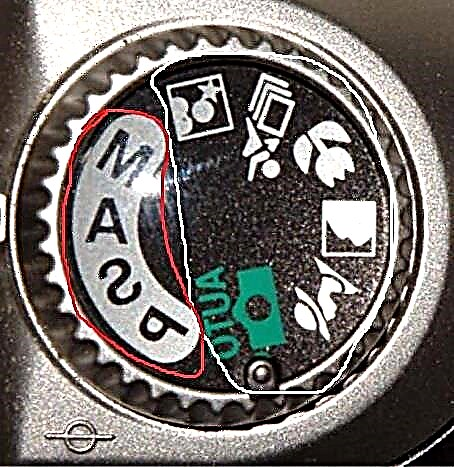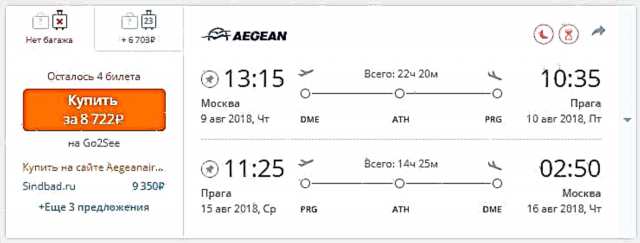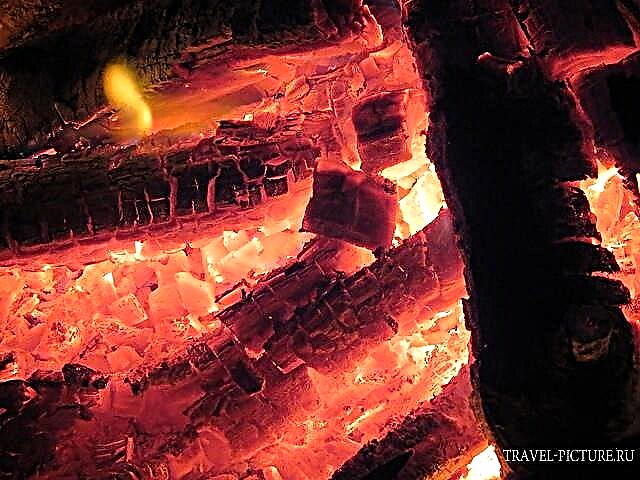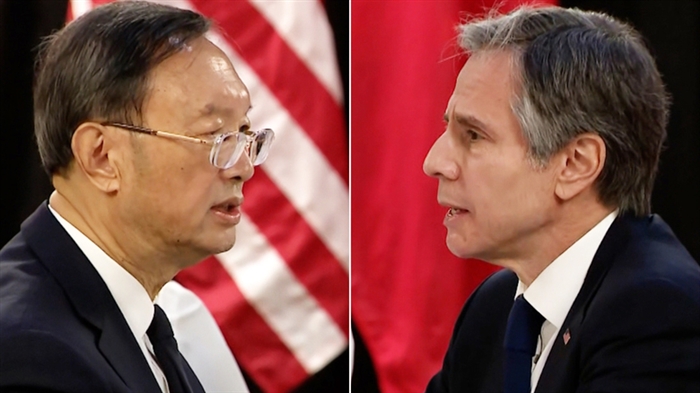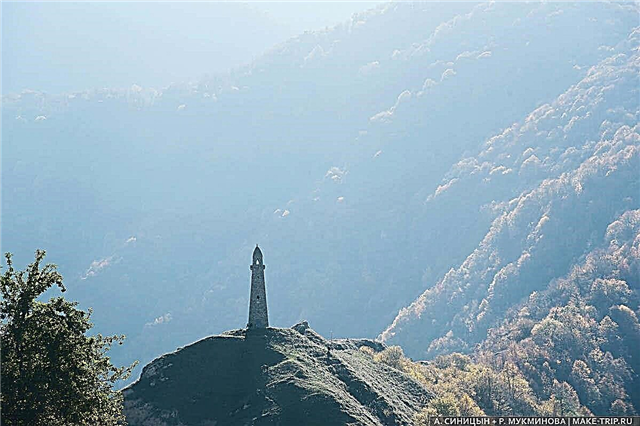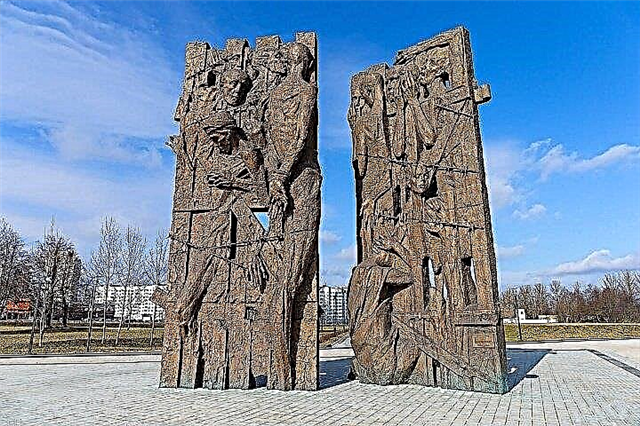Minsk is an ancient city with almost a thousand-year history. Throughout its history, the capital of Belarus has been renovated and rebuilt. Often, this happened after destructive wars and conflicts, when the city was almost completely destroyed. In the Middle Ages and in the XVI-XVIII centuries, conflicts between Sweden, Russia and Poland devastated the Belarusian lands.
And during the Second World War, most of Minsk was destroyed by shelling and bombing. The rich history of the city is reflected in local attractions. Many monuments are dedicated to the events of the Great Patriotic War. Also, the monuments of Minsk reflect the talented people who were born here: writers, artists and craftsmen. Thousands of tourists visit the city every year.
Historical and modern monuments of Minsk
List of the most famous monuments in the city.
Victory monument
A 38-meter obelisk covered with granite was erected on Victory Square in honor of the 10th anniversary of the liberation of Belarus from German troops. Several main streets of Minsk, like rays, diverge from the square. In its center there is a monument decorated with high reliefs and wreaths made of bronze. Every year, on May 9, veterans and senior officials of Minsk and throughout Belarus lay commemorative wreaths at the monument.

"Minsk is a hero city"
The stele is 45 meters high, was opened in 1985, in honor of the anniversary of the victory in the Great Patriotic War. The star of the hero-city is installed at its top, and at the foot there is a board with the decree on awarding Minsk the title of the hero-city. The figure of a woman at the obelisk personifies the symbol of the Motherland. Next to the stele is the Museum of the History of the Great Patriotic War, and behind it is the Victory Park.

"Mound of Glory"
The memorial is located on the 21st kilometer of the M-2 highway. There is a memorial on a 35-meter hill. 4 titanium bayonets symbolize the fronts that took part in the liberation of Belarus: 3 Belarusian and Baltic fronts. They are surrounded by a concrete ring, the inner side of which is covered with mosaics with the faces of Soviet soldiers. There are 2 stairs leading to the top of the mound, and at the foot there is an open-air museum of military equipment.

"Trostenets"
A large concentration camp was located on the site of the memorial complex during the war years. More than 200 thousand prisoners were killed here. There are many commemorative plaques installed on the territory of the complex, and the main memorial is the "Gates of Memory", a sculpture made of bronze, 10 meters high. She depicts the prisoners of the Trostenets camp, merging with the barbed wire and the camp gates, and trying to get out.

"Lady with a dog"
The monument was created based on the story of the same name by Anton Pavlovich Chekhov. But initially he had nothing to do with the story "The Lady with the Dog". The sculptor who created the monument was initially inspired by the image of Natalia Goncharova. But most tourists associate the bronze figures of a girl with an umbrella, a dog and a photographer taking them with the heroes of Chekhov's story.

"Girl with an umbrella"
A bronze figure of a girl under a torn umbrella was installed in Mikhailovsky Square in 2000. It is dedicated to the children who died in the tragedy on May 30, 1999. Then, during the celebration of the last bells of high school students, a concert was organized. Due to the sudden hailstorm, many people ran into the subway, where there was a crush. More than 50 people died in the tragedy.

Yakub Kolas and the heroes of his works
The monument was erected in 1972, in honor of the 90th anniversary of the birth of Yakub Kolas, on the square named after him. In the center is the figure of the writer sitting on a stone, and to the right and left of him are the heroes of his works. Grandfather Talash, a hero of the partisan movement and Simon Muzyka, a talented musician. Near the monument there are fountains made in the form of a rye ear.

Monument to Marat Kazei
On a stone pedestal there is a bronze figure of a young man with a submachine gun and a grenade raised above his head for throwing. The monument is dedicated to Marat Kazei, who joined a partisan detachment at the age of 12. During the war, his family was killed by the German invaders. He soon became famous as a recklessly brave scout. 2 years later, at the age of 14, Marat was surrounded by German infantry. Having used up all the cartridges, he entered the crowd of Germans and blew himself up with them.

"Masyukovshchina"
During the war years, a German prisoner of war camp was located in Masyukovshchina. More than 80 thousand people were killed here. Nowadays, commemorative black marble slabs have been installed on the site of mass graves. In the center of the park, under glass, there is a book with the names of those killed. But there are only 10 thousand names in it, and the remaining 70 thousand killed remain unknown.

Monument to Yanka Kupala
1972 marked the 90th anniversary of the birth of Yanka Kupala, the famous Belarusian poet. In honor of the memorable date, a monument was erected. On a granite pedestal there is a bronze figure of a poet with a cane in his right hand. There is a flowering fern and a spring under the pedestal. The memorial is located in the alley of the Yanka Kupala Park.

Monument to Maxim Gorky
On a small pedestal in the park named after Maxim Gorky, there is a bench and a bronze figure of a writer sitting on it. Weeping willows are planted nearby, the branches of which create a kind of curtain behind the monument. Literary meetings and festivals are often held here; the place is also popular among Minsk residents and tourists who come to the city.

Monument to Adam Mitskevich
The proposal to erect the monument was put forward by the Polish diaspora in Minsk. Initially, it was planned to install a bust of the poet, but after a competition of works, an option with a full-length figure was chosen. In the center of the park, on a round stone platform, a bronze sculpture was erected in 2003. The figure of Adam Mickiewicz sitting on a bench quickly became a popular attraction.

The Bell of Nagasaki
A monument to victims of nuclear disasters and accidents was erected next to the Red Church in the central part of Minsk. The bell is an exact copy of the Angel bell, completely preserved after the atomic bombing of Nagasaki. The monument was erected at the initiative of the Catholic Church of Japan. At the base of the memorial, capsules with soil from Jerusalem and places affected by nuclear attacks and tests, including from the cities of Nagasaki and Hiroshima, are buried.

"City scales"
In the Middle Ages, every resident of Minsk had the right to turn to the city hall if he believed that he was deceived and sold less weight of goods than necessary. This is what the monument is dedicated to. In the center, under the roof, which symbolizes the town hall, there are small figures of a citizen, a merchant and a representative of the town hall weighing goods on the town scales. Along the edges of the monument there are images of medieval coins used in Minsk.

Memorial "Pit"
At the site of the monument, more than 5,000 prisoners of the Jewish ghetto in Minsk were shot and buried. In the center of the recess in the ground, there is a memorial with commemorative inscriptions in Russian and Yiddish. On the stairs leading to the memorial, there are bronze figures of prisoners going down into the pit. Among them are collective images of children, old people and pregnant women. Initially, the images were supposed to be more specific and accurate, but the creators of the monument felt that their creation would be too difficult for perception.

Monument to Francysk Skaryna
The bronze figure of the enlightener was cast in 1990, on the occasion of the 500th anniversary of the birth of Francisco Skorina. But it was installed only in 2005, next to the building of the National Library. Francysk Skaryna's workshop was one of the first in Eastern Europe.He was the first to publish the Bible in the Belarusian language and made a great contribution to the development of the culture of Belarus, making literature more accessible and spreading printing.

Monument to Taras Shevchenko
In 2001, the bronze figure of the writer was presented to Minsk by the government of Ukraine. The monument was erected next to the building of the Ukrainian embassy in Belarus. The full-length figure depicts Taras Shevchenko reflecting on the history of the Ukrainian people. The opening ceremony of the first monument to the Ukrainian writer took place in 2002.

Monument to Moniuszko and Dunin-Martsinkevichi
In 1852, the first Belarusian opera was written in the national language - "Idyll". The monument erected on Freedom Square is dedicated to its authors. Bronze figures of Stanislav Moniuszko and Vincent Dunin-Martsinkevich. On a bench with a picture of a lyre, one of them holds sheets with a script in his hands, inviting the other to familiarize himself with it.

Monument to Maxim Bogdanovich
The figure of the Belarusian poet and philologist, almost 5 meters high, is located on the Paris Commune square. Maxim Bogdanovich devoted most of his life to translating popular works into Belarusian and writing his own poems. He also translated into Russian the stories and poems of Yanka Kupala and Yakub Kolas.

Memorial "Roses"
Three years after the tragedy in the Nemiga metro station, a monument to the victims was erected. There are bronze flowers on the stone slabs. 40 roses and 13 tulips with broken stems and trampled leaves. They symbolize 40 girls and 13 young men who died in a stampede at the Nemiga metro station that took place during the festive events on May 30, 1999.

"Crew"
The monument is dedicated to the first Minsk governor, Zakhary Korneev. He made a great contribution to the improvement and development of the city. 2 large gardens were founded. Horses harnessed to a carriage wait for the governor near the city hall while he is busy with important business. The monument was erected in honor of the celebration of the city day in 2007.

"Stranger"
The bronze figure of a girl sitting on a bench is located in Mikhailovsky Square. "Stranger" or "Minskanka" quickly became a popular attraction among the citizens and guests of Minsk. On the bench next to it there is a free space where tourists like to take pictures. According to local superstition, the figure helps men to establish their personal lives.

"Zero kilometer"
Earlier, when Minsk was a part of the Russian Empire, on the square next to the modern theater of Yanka Kupala there was a "zero mile". The countdown of all the roads and highways of Belarus was taken from it. In 1998 the square was reconstructed. During it, the "zero kilometer" was re-established. On the granite pyramid, the distances to the cities of Belarus and neighboring states are carved.

Monument to Vladimir Mulyavin
The monument to the musician who founded the famous Pesnyary ensemble was donated to Belarus by the city of Yekaterinburg, where Vladimir Mulyavin was born. On a stone pedestal, a bronze figure depicts a seated musician, pensively looking into the depths of the park, leaning on a guitar. The monument was erected next to the Philharmonic in 2017.

"Belarus partisan"
On the anniversary of the victory in the Great Patriotic War, a monument to the heroes of the partisan movement in Belarus was erected. In the lower part of the column, 21 meters high, there are bas-reliefs depicting people going into the forest. At the top of the monument is a bronze sculpture of a partisan family. During the war years, thousands of partisan detachments were created on the territory of Belarus, which were joined by hundreds of thousands of people.

Monument to M.I.Kalinin
The monument was erected next to the botanical garden in the Chelyuskintsev park. On a stone pedestal there is a figure of Kalinin, more than 5 meters high, and several fir trees are planted nearby. The party leader came to Minsk several times and made a speech in the theater building and on Troitskaya Gora. The figure depicts Kalinin looking into the distance and sternly dressed.

Monument to Kirill Turovsky
The monument is located near the building of the Belarusian State University. The bronze figure is located next to other monuments in the courtyard of the institute, which is popular with townspeople and tourists. Kirill Turovskoy was one of the first Belarusian educators. He wrote many instructive stories and poems. In his works, he assigned an important role to education as a path to spiritual improvement.

Monument in honor of the appearance of the icon of the Mother of God of Minsk
In 1500, an icon of the Mother of God from ruined Kiev rose upstream along the Svisloch River. In honor of this event, a memorial was erected. Transparent, with a bluish tint, the base of the monument depicts the waves of the Svisloch, and on them there is a boat in the form of a dove. It contains an image of an icon that came to Minsk hundreds of years ago.

Monument to ballerinas
The Opera and Ballet Theater in Minsk was built in 1938. In 2006, reconstruction was carried out, and the monument was erected in 2011. On the bench in front of the theater, two bronze figures depict ballerinas at rest. Their apparent lightness hides years of hard training. The tired faces of the ballerinas show how difficult the creativity of artists and artists can be.

"Architect"
The monument is located next to the building where the city committee of architecture is located. The image of the architect in the monument is collective. The bearded architect raises his hand over the famous buildings of ancient and modern Minsk, and in his other hand he holds papers, possibly drawings. "Architect" has become one of the most recognizable monuments of the city and attracts both Minsk residents and tourists.


